As Australian electricity costs increase and the reliability of supply declines, the failure to use the country’s natural resources is becoming increasingly irrational.
It is a decision by activist-politicians based on ideology rather than practicality.
The realities of energy demand have been brought home, particularly with the war in Ukraine, sending many countries scrambling to build or re-open nuclear power plants. To balance this, there is also the potential for a nuclear catastrophe if and when an active war surrounds a power plant.
Australia is the only G20 developed country with a ban on nuclear energy. A Senate Inquiry in 2019 suggested that it is time to change the legislation which made nuclear energy illegal in 1998. The acceptance of nuclear-powered submarines is, perhaps, the door opening at last. The failure of either major political party to recognise reality and support a change, is leaving the country open to electricity shortages.
The nuclear debate has always been about safety.
Two nuclear bombs dropped on Hiroshima and Nagasaki during the second world war provided images of death and destruction which captured public opinion. It is not recognised that the 120,000 resulting deaths brought the worst war in human history to an end and saved countless lives which would have been lost in the impending invasion of Japan. It is also rarely said that the two cities have recovered and become thriving centres with 2,500,000 residents between them whose close monitoring has revealed no long-term radiation consequences.
The civilian use of nuclear power has a history going back nearly as far. Following initial electricity production in America in 1951, the first commercial reactor opened in 1954 in Obninsk, Russia. Russia was also the home of the first nuclear accident in 1957, in Kyshtym. The accident, which was concealed, required the evacuation of 10,000 residents and an area of over 20,000 square kilometres was contaminated. In the history of nuclear accidents, this event rated third after Chernobyl and Fukushima. The next event was in the America in 1979 at the Three Mile Island reactor. There was a three-week evacuation of 150,000 people, but no loss of life or long-term consequence.
In 1986, operator error, poor design, and faulty construction resulted in a meltdown at the Chernobyl plant in Ukraine. The cloud of radiation spread across Europe, but the mass casualties predicted by Greenpeace failed to eventuate. An estimated 50 lives were lost and there was a preventable increase in childhood thyroid cancer. Following what was considered the world’s worst disaster, the area was closed to human habitation and, as a result, wildlife has since flourished. Recently, tourists have been allowed to visit the area. The practice stopped at the beginning of the Ukraine-Russia war. With the current fighting around another Ukraine reactor at Zaporizhzhia, let us hope the Chernobyl disaster is not repeated.
With time, nuclear reactor design has improved. Safety has been paramount and the last crisis in Japan was not due to any design fault, but rather the situation of reactors in a geologically unstable area. In 2011, the Japanese Tsunami penetrated 6 miles inland and resulted in 20,000 deaths. There were no recorded deaths from the meltdown at Fukushima. One worker died later in 2018 from radiation exposure while monitoring the plant. In context, an estimated 4,500 cold-related deaths due to electricity shortages were also recorded. At the time of the disaster, Japan had 54 reactors producing 30 per cent of its electricity; all except one were shut down safely. Today, in the current energy crisis, some of these are being reopened and newer designs are being considered.
The number of nuclear power stations worldwide has increased significantly in the last 20 years. There are around 440 nuclear plants globally, with 60 under construction and another 150 planned. The majority are in America, France, Russia, China, and South Korea. They provide 11 per cent of the world’s electricity and are the second most common source of low carbon power after hydroelectric. In Europe, renewable energy is backed up by nuclear power. France has 56 reactors, with 6 more planned, producing 75 per cent of the country’s power and it exports to other European countries.
Germany, which relied on nuclear power for a quarter of its electricity generation, decided to progressively close its 17 plants following Chernobyl. Nuclear currently supplies only 10 per cent of the country’s needs, with gas from Russia making up the difference. The end result has been a massive increase in electricity prices and vulnerability of supply. This energy vulnerability has been made all too clear by the invasion of Ukraine, with supplies of Russian coal, gas, and oil all hostage.
Other countries with nuclear reactors include Bangladesh, Pakistan, South Africa, and Iran. Thirty countries in the Middle East, Africa, South America, and Asia have plans for their development. It would seem that the economic advantages for electricity production out-weigh concerns of safety or pollution in many countries.
Apart from safety, the other activist concern has been the disposal of radioactive waste, which can remain radioactive for up to 20,000 years. Currently, many countries have temporary storage facilities, but these are filling up. A major European permanent storage site is being developed in Onkalo, Finland, which is a stable country both geologically and politically. The waste will be stored in 45 kms of tunnels underground. France and UK currently store their waste on site of their nuclear plants, but Germany uses an old iron ore mine. The UK has a similar plan to store in an old mine site but the usual NIMBY disputes are, as in Australia with its planned storage site in South Australia, slowing progress. Although the waste has a long half-life, its volume is surprisingly small and future reactors may be able to reprocess some. Australia is also the world leader in nuclear waste safety with the development of Synroc. In what should be a big pro, nuclear waste cannot be accused of causing any kind of climate harm as it sits inert underground.
As Australia shuts down base load coal-generated power, electricity costs have exploded (more than doubled in 10 years, despite $60 billion in subsidies for renewables) and reliability of supply has fallen. In 2015, the Australian Power Generation Technology CO2CRC report compared estimates of electricity production costs and showed coal from pre-existing power stations was still the cheapest energy source, with natural gas as an alternative (statistics compiled from information from 40 independent organisations).
New developments in reactor design have dramatically improved safety. Small modular reactors (SMR) that produce 50-300 MW are now being designed for use in isolated areas. They are pre-assembled, need refuelling only every 10 years, and use low enriched uranium which is unsuitable for weapons-grade production. Their design means less risk of meltdown, reduced radioactive waste production, and quicker assembly. They do not need as much water for cooling (and can use alternatives), so can be built inland – a big plus for large continents like Australia where inland towns need a local supply of energy. They are typically 10 per cent of the size and complexity of standard nuclear and can be built on the site of old coal-fired power stations, where electricity grid connection is already in place.
Early SMR’s have gone into commercial electricity generation – in Russia in 2020, and China in 2021. A 300 MW reactor can power 250,000 homes. More are under construction in China, Russia, and Argentina, and others in the planning stage including Canada, Japan, Canada, South Korea, America, and the UK. The American company, NuScale, has had its design approved for commercial production, and the British firm Rolls-Royce is advanced with its design. Hydrogen and battery technologies are at a far earlier development stage, but nuclear electricity could also be used for hydrogen production (colourfully known as red hydrogen).
Since 1998, politics has intervened in Australia. The latest development with nuclear-powered submarines is the first step for this country, but which political party will be brave enough to suggest a new referendum on nuclear power? The only practical solution to the Climate Change dilemma (so-called deep decarbonisation) is expansion of nuclear power generation, estimated in 2014 to require an expansion of 2 or 3 times by 2050 – not a contraction.
In Australia, electricity costs will continue to rise unless all sources of power are included and subsidies are ceased. A Royal Commission in 2016 supported the use of nuclear power, but the government gave up against opposition. A Senate Committee inquiry into nuclear power presented its findings in December 2019. The report showed the option was viable in terms of cost, waste storage, and safety, with SMR construction possible in as little as 4 years. The financial benefit of processing uranium in this country, a country with one-third of the world’s reserves, was estimated at $2 billion as far back as 2006, waste storage (investigated, but not enacted by the SA government) would also generate income.
Many European countries have had a reality check with the Russian invasion of Ukraine. Their response has meant renewed interest and increased demand for uranium. The European Union has listed nuclear (and even gas) under the banner of renewables! Even the Green-run government of Finland, under threat from big brother next door, has decided it must go nuclear! Australia should hold a referendum on the matter, (why not include it with The Voice?). A recent survey showed 75 per cent of Coalition voters, 56 per cent of Labor voters even 45 per cent of Greens supported the concept.
All we need is the political will to reverse the ban, but with the current Climate Change and energy minister, Chris Bowen, in denial, this still seems a faint hope.
Dr Graham Pinn, formerly Squadron Leader, radiation safety officer, RAF
Got something to add? Join the discussion and comment below.
Get 10 issues for just $10
Subscribe to The Spectator Australia today for the next 10 magazine issues, plus full online access, for just $10.

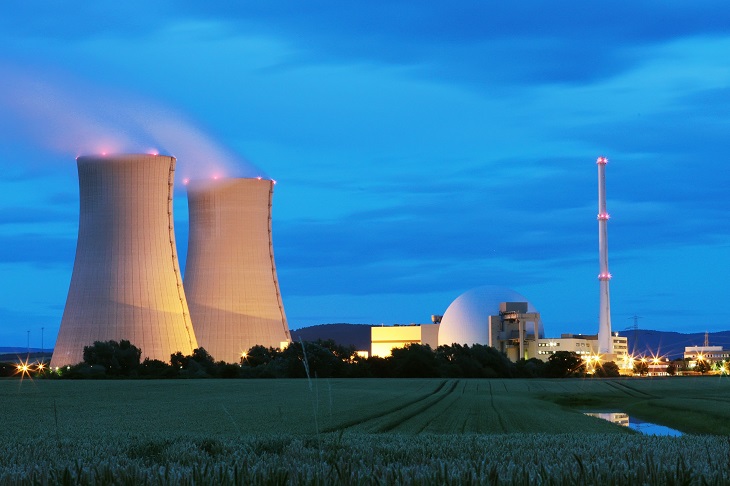
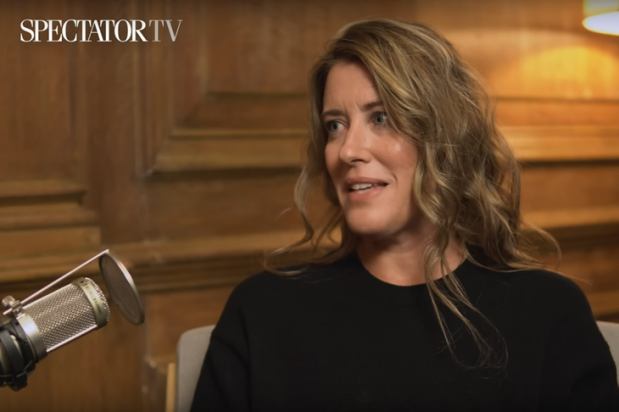

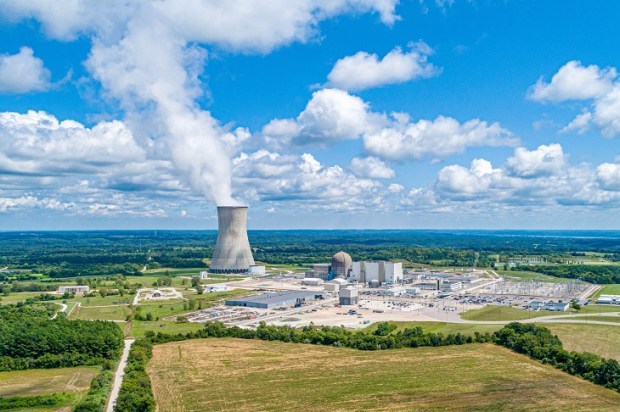
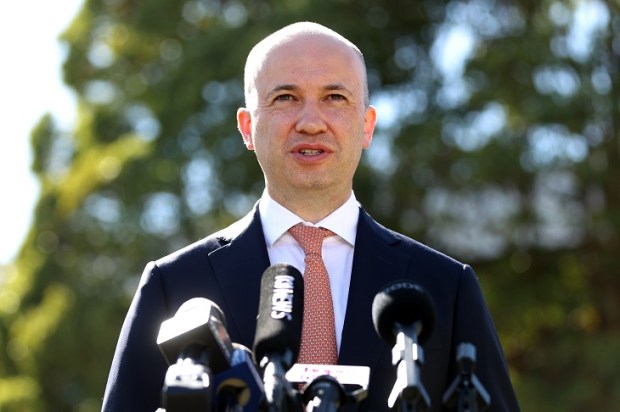
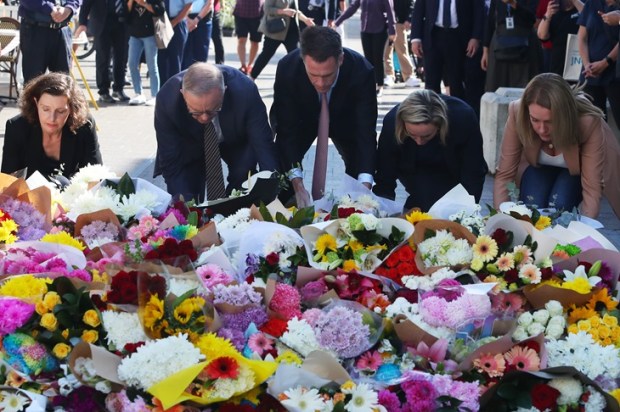



















Comments
Don't miss out
Join the conversation with other Spectator Australia readers. Subscribe to leave a comment.
SUBSCRIBEAlready a subscriber? Log in